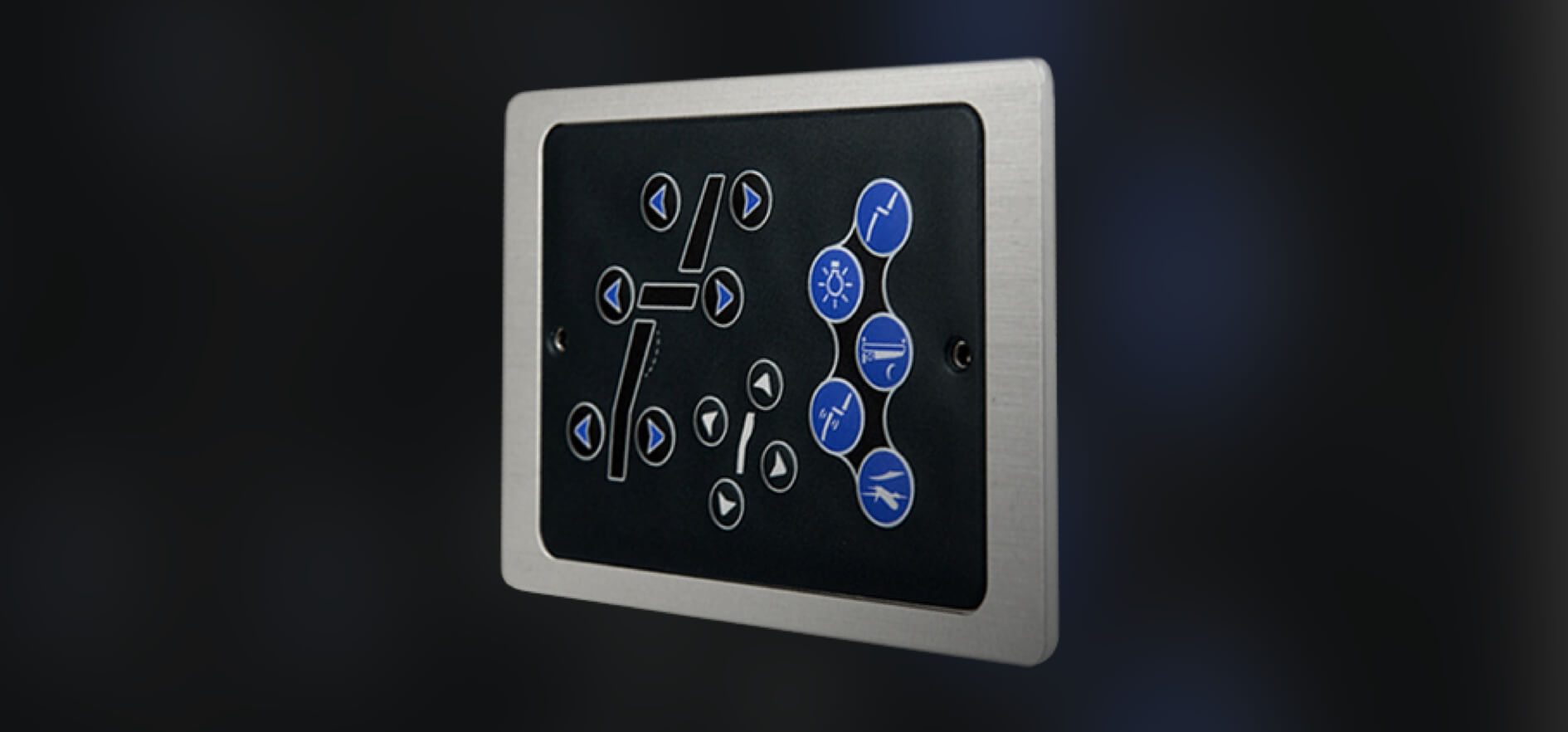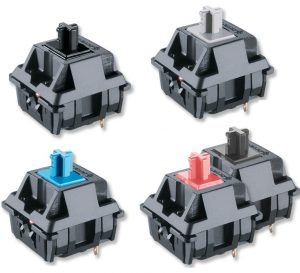Explore the Relevance of Membrane Switches in Streamlining Tool Controls
Explore the Relevance of Membrane Switches in Streamlining Tool Controls
Blog Article
The Ultimate Resource on Membrane Layer Switches Over: Design, Performance, and Applications
Membrane layer switches serve as an interesting intersection of layout and capability, playing a crucial role in modern customer interfaces throughout different markets. As we check out the varied applications of membrane layer switches, it becomes apparent that their versatility and resilience are critical in environments ranging from medical care to customer electronic devices.

Understanding Membrane Switches
Membrane buttons are a sort of individual interface technology widely used in numerous digital tools, defined by their slim, adaptable style and performance. These buttons contain numerous layers that consist of visuals overlays, glue layers, and circuitry, allowing a efficient and compact interface for customers. They can be located in devices, clinical tools, and commercial control board, offering a reliable technique for user communication.
One of the primary benefits of membrane buttons is their capacity to withstand pollutants such as dust and wetness, making them appropriate for atmospheres where longevity is crucial. Their inconspicuous style enables seamless integration right into various applications, while the customizable visuals overlays improve user experience by supplying clear visual responses. Additionally, membrane switches can fit a selection of modern technologies, such as tactile feedback and backlighting, further enhancing their use.
The manufacturing process for membrane layer switches commonly involves display die-cutting, lamination, and printing techniques, making sure accuracy and uniformity in manufacturing. Generally, membrane switches represent a functional and reliable service for modern-day electronic devices, integrating functionality with aesthetic charm in customer interface design.
Key Components and Layout Components
A selection of crucial elements and design elements integrated to produce an efficient membrane button. At the core, the visuals overlay serves both visual and functional functions, providing an user-friendly user interface while securing internal components from ecological factors. The option of materials, typically polyester or polycarbonate, affects resilience and responsive responses.
Underneath the overlay, the adhesive layer makes certain the switch adheres firmly to the substratum, which can be glass, plastic, or steel. The spacer layer is crucial, as it preserves the required space in between the circuit and the overlay layers, allowing for efficient actuation. Membrane Switches. Circuit traces, typically made from conductive ink or adhesive, are published on an adaptable substratum, enabling electric signals to be transferred when stress is applied
Design considerations also consist of the plan of tactile domes or embossing that offer physical comments to the individual, boosting the general experience. Furthermore, the layout and spacing of the buttons should be enhanced for simplicity of use, making certain that users can navigate the interface intuitively. In general, these parts and style components work synergistically to develop a trusted, functional membrane layer button tailored to details applications.
Capability and Operation System
At the heart of effective capability for membrane switches over lies their functional system, which facilitates customer communication via a simple yet effective layout. These buttons operate the concept of stress activation, where an individual uses pressure to a designated area of the button (Membrane Switches). This action presses the layers of the switch, completing an electrical circuit that sends out a signal to the connected device
The construction generally includes a top graphic layer, a sticky spacer resource layer, and a bottom circuit layer, which jointly create a durable interface. When stress is used, the leading layer collapses against the lower circuit layer, allowing conductive traces to link. This style not just enables clear tactile responses however likewise makes sure longevity and reliability, as the switches are typically resistant to dirt and moisture.
Additionally, the versatility of membrane changes enables assimilation with different technologies, including LED signs and microcontrollers, enhancing their functionality. By giving a streamlined user interface that decreases mechanical wear, membrane layer switches over continue to be a preferred option in applications varying from customer electronics to commercial devices, making sure optimum performance and customer complete satisfaction across varied environments.
Kinds of Membrane Layer Switches

One more significant classification is brightened membrane switches, which include backlighting to enhance visibility in low-light problems. These buttons are frequently utilized in control panels and dashboards where clear exposure is important.
Furthermore, there are personalized membrane switches developed to fulfill specific dimensional, visual, and useful demands. These modifications can include special forms, shades, and layouts, enabling for smooth integration into different tools.

Applications Throughout Various Industries
Exactly how Continued do membrane switches improve functionality across diverse industries? These flexible elements are indispensable to many applications, supplying structured interface and robust performance. In the clinical market, membrane switches play a vital duty in devices such as analysis tools and client surveillance systems, where dependability and convenience of cleansing are extremely important. Their capacity to endure severe atmospheres makes them ideal for research laboratory instruments and medical devices.
In the automotive industry, membrane layer switches are frequently utilized in control panels and control panels, supplying intuitive controls that enhance vehicle driver security and convenience. The customer electronic devices sector also takes advantage of their light-weight and adjustable functions, enabling sleek layouts for smartphones and home devices.
Additionally, membrane layer switches locate applications in industrial automation, where they add to effective equipment operation and surveillance systems. Their resistance to dust and wetness makes certain capability sought after conditions (Membrane Switches). In addition, the food and drink market utilizes membrane layer switches for tools control, where hygiene and toughness are essential
Verdict
Finally, membrane layer switches represent an important innovation in individual interface innovation, identified by their unique layout and capability. Their vital elements, including visuals overlays and circuit traces, add to their functional performance via pressure activation. The flexibility of membrane changes promotes their application across varied markets, from medical tools to consumer electronic devices. This extensive understanding strengthens the significance of membrane layer buttons in improving product functionality and resilience in modern technical environments.
Membrane click over here switches over offer as an interesting junction of design and performance, playing a crucial role in contemporary individual interfaces throughout different industries.Membrane switches are a kind of customer interface modern technology widely made use of in numerous digital gadgets, identified by their slim, adaptable layout and functionality.At the heart of reliable performance for membrane layer changes lies their functional device, which facilitates individual communication with a simple yet reliable layout. These switches operate on the principle of pressure activation, where a customer uses force to a designated area of the switch.In conclusion, membrane layer switches over represent a critical advancement in customer interface innovation, characterized by their special style and functionality.
Report this page